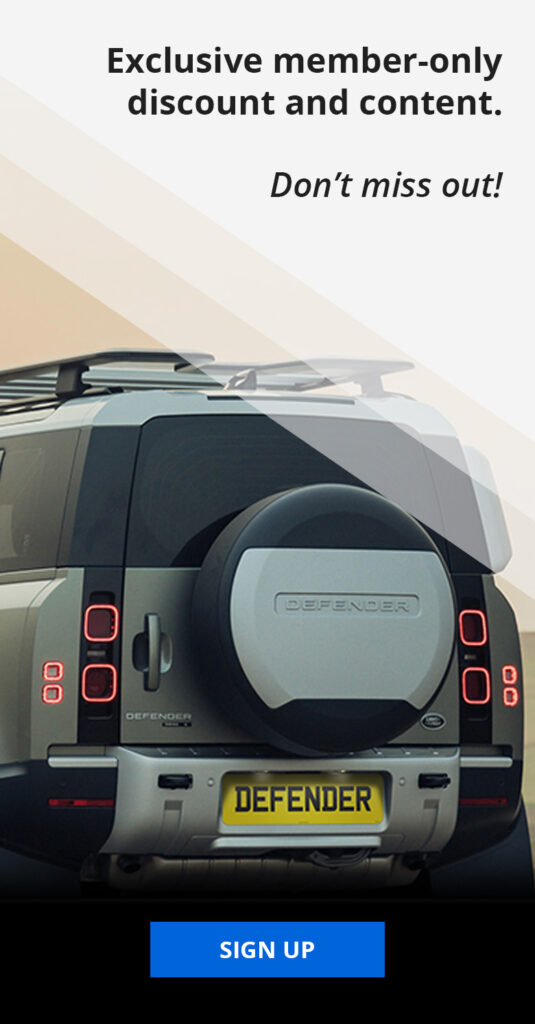The basic maintenance checks every car owner should regularly make.
Here in the UK, we’re a nation of car lovers, with more than two million cars sold every year, each of them covering on average 7,500 miles every year, equating to roughly 20 miles per day. Of course, the effects of the coronavirus pandemic have had an impact on both these statistics over the last 12 months or so, with nationwide lockdowns forcing people to stay at home, thus using their cars less. However, there are still a number of vehicles on the road, with critical workers needing to come and go from their workplaces and the general public needing to go to the supermarket and to attend medical appointments. With this in mind, even though most cars aren’t currently doing as many miles as they normally would, they still need regular maintenance checks to ensure that they’re getting you from A to B as safely as possible. With this in mind, we’ve got ten top tips on what maintenance checks you need to do to keep your car on the road…so read on!
Oil
Ensuring that you have enough oil in your engine is one of the most important checks you can make, as engine oil ensures that your car ticks over smoothly and that the functioning parts inside the engine are suitably lubricated, reducing friction between them and saving them from damaging parts which are expensive to repair and replace!
Oil will deteriorate over time, which is why oil changes usually form part of a car’s service.
In order to check your oil levels, all you need is a clean rag or cloth, and it takes seconds to do. Simply locate your dipstick, pull out and wipe it clean on the rag. Reinsert the dipstick and take it back out again and look at the marker on the end of the stick. If the oil level is on the low side, it will measure up against the lower mark on the dipstick. This is when you should top up your oil. Make sure that you pay attention to which oil you buy though as different cars have different needs when it comes to lubricants!
Brakes
Brakes stop your car at junctions, traffic lights and roundabouts. They potentially save you from causing or being in a road traffic collision. All in all, brakes are pretty essential, and so it’s vital that you check them regularly to ensure that they’re in working order.
If your brakes screech, vibrate, grind or pull to one side when used, then these are all signs that they may need replacing. You may also find that your car’s on-board computer will tell you when the brake pads are worn, as some modern cars carry brake pad wear sensors to aid their owners.
You may be able to see your brake pads without removing the full wheel, so this is the first place to start. When you look through the spokes of your alloy, you should be able to see at least 3mm of brake pad on the calliper. If there isn’t, get your brakes checked as soon as possible. Many large automotive chains such as Kwik-Fit and Halfords will offer a free brake check to ensure that the car is roadworthy, and advise on if and when the pads and discs will need to be replaced.
Tyres
Just like your brakes, your tyres are essential if you need to stop. All tyres require a minimum tread depth of 1.6mm in order to be deemed legal for use on the roads, and anything less than this will see your car struggle to stop, particularly in slippery conditions such as in the rain or snow. If you are pulled over by the police and they find your tyres are below the legal limit, then it could be pretty costly. For each bald tyre on your vehicle, you could be fined £2,500 and be given three penalty points on your license. Although the minimum tread depth is 1.6mm, most experts recommend that your tyres should have 3mm of tread depth on them, and anything less should be considered for a replacement.
To check whether your tyres meet the minimum tread levels, simply take a twenty pence coin and insert it into the central groove of the tyre. If the outer band of the coin isn’t visible, then your tyres are fine. If you can see the outer band of the coin, then your tyres may be illegal and should be changed as soon as possible.
In addition to your tread depth, you should always ensure that you have the correct pressures within them too.
Battery
Flat batteries can be a major inconvenience, especially in the winter months where it’s cold outside. If you have a multimeter to measure electrical currents, then you can use it on your battery to check its output. Car batteries should always output more than 12.6 volts when the engine is turned off, and when the engine is running should show between 13.7 and 14.7 volts. If you own an older vehicle, you can check your battery by turning on the engine and headlights, and see whether the headlights pulse as you rev the engine. If they do, it means your car’s alternator is producing some current, but may not be producing enough at idle to keep the battery properly charged.
It’s always handy to have a set of jump leads available in the back of your car, just in case it fails to start.
Fuel
It seems obvious, but always make sure you have enough fuel for your journey before you set off, and try to make a mental note of where the petrol stations are on your route. If you need to stop for fuel, make sure that you don’t make a mistake when refuelling, and that other aspects such as the screenwash, water and air are all topped up as you can most likely address this at the filling station.
Running out of fuel on your journey can be extremely dangerous, especially if you’re travelling on a motorway, so always make sure you have enough in the tank before setting off!
Lights
Your lights help you see the road ahead, and help other vehicles see you too. With this in mind, it’s vital that your lights are working as they should be, so check them before you leave. If you can get someone to help you check, then this is advised, but you can also make use of reflections in windows, doors or even puddles to check your brake lights and other illuminations.
Number Plates
Always make sure your number plate is visible to other road users! Now, this may sound biased coming from us, but failing to display a number plate correctly can land you in serious trouble with law enforcement officials. If your number plate is obscured by mud, dirt or even snow in the colder months, then you could be looking at a £100 fixed penalty notice if you are pulled over by Roads Policing officers. However, the penalty may increase in the future with the introduction of the Vehicle Registration Offences Penalty Points Bill which is currently making its way through the House of Commons. This would see drivers who fail to correctly display a number plate, either through obscuring, altering or mis-spacing number plates hit with three penalty points in addition to the current fine.
Coolant
Coolant is one of the most common elements which needs topping up forgotten by motorists but is one of the most important aspects of car maintenance. Topping up your coolant is probably one of the easiest jobs to undertake too!
Simply find the coolant reservoir, check the current levels of coolant, mix up your mixture (no need for this if you’ve bought premixed from a garage or auto parts store), and pour it into the reservoir until it hits the ‘maximum’ line! Quick and easy, just like we said!
Screenwash
You should always keep your screenwash topped up, as it helps to clear your windscreen of dirt and debris as you’re going along. Whether it’s the height of summer and your windshield is being pelted by bugs or the middle of winter and other vehicles are kicking up dirt and grit from the road, your screenwash is there to help you see clearly.
If you’re in any doubt at all about your screenwash, try and keep some handy in the boot of your car and top it up on a regular basis, maybe once every week or so, depending on how often you’re driving your car!
Windscreen Wipers
Did you know your car can fail its MOT if your windscreen wipers don’t work properly? Alongside your screenwash, your windscreen wipers are essential to you being able to see out of your windshield and rear window, and so it’s vital that they clear the surfaces effectively. Wipers should not rub, screech or smear on the screen; if they do, it’s most likely a sign that they need changing.
There are a few variations on the fitting methods for wiper blades, such as pinch-tab, bayonet, side-lock and top-lock, as well as many different sizes, in order to fit a whole variety of vehicles. Before purchasing wiper blades, make sure that you’re buying the correct ones for your car – most online retailers or auto parts stores have automated systems which match your registration with the type and size of wiper needed, but it’s always best to double check, just in case!
So there we have it, our top tips on car maintenance, including what to look out for and how to address certain problems! Keep to this guide and you can’t go wrong!

 100% Road Legal
100% Road Legal Express Delivery
Express Delivery